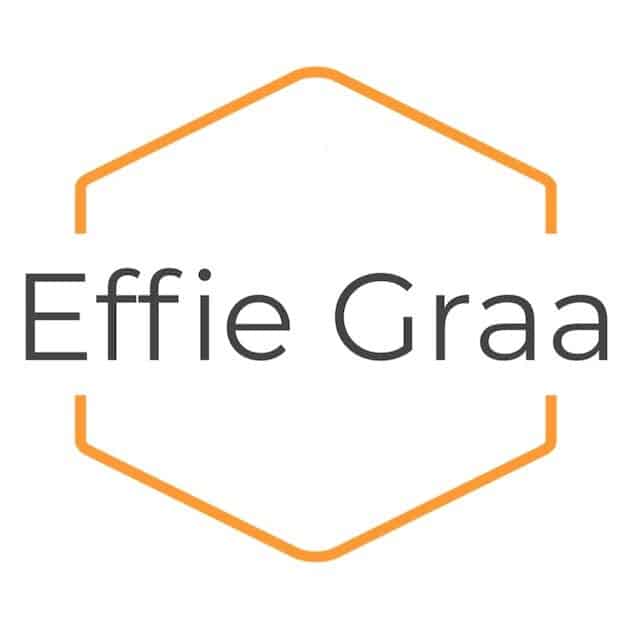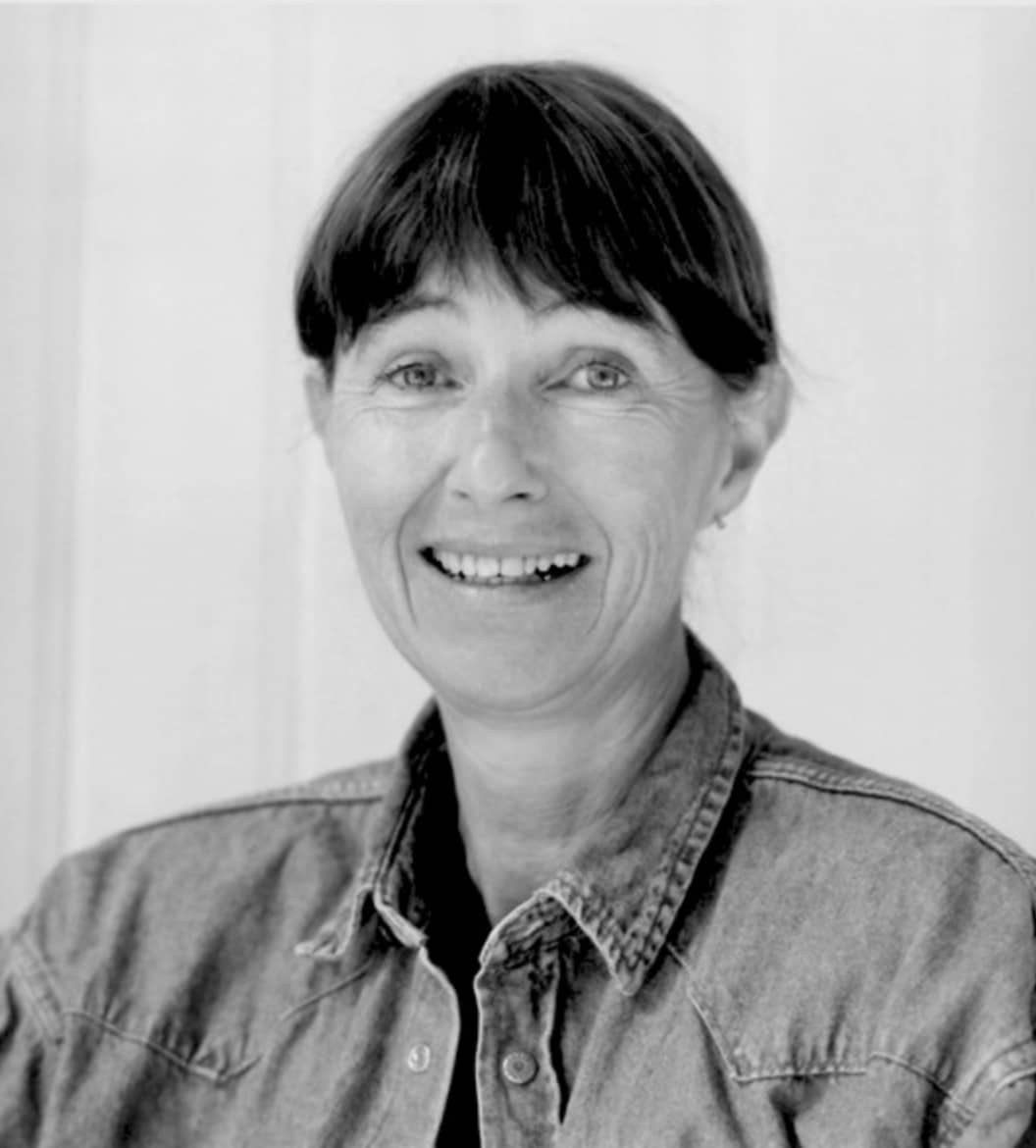
Tone Vigeland (1938-2024)
Tone Vigeland; background and her own workshop
Ranking among the very top artists of contemporary jewelry making internationally, Tone Vigeland has been a leading artist in her native Norway for some sixty years. Pioneering a movement of goldsmiths working in small private workshops hand making jewelry with an emphasis on the free artistic expression, she started her own workshop in 1961. She was followed by artists such as Gine Sommerfelt in 1964, Toril Bjorg in 1968 and in the seventies by many others.
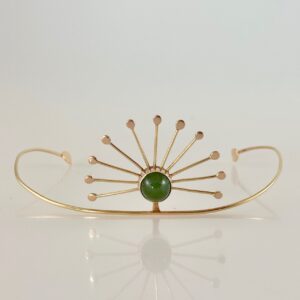
Upon graduating from the National College of Art and Design (NCAD), Vigeland got an apprenticeship at the metal workshop at PLUS (Fredrikstad, Norway) from 1959 to 1961. Vigeland – in the company of Erling Christoffersen, the leader of the workshop, and his wife Anna Greta Eker, were the most prominent designers of PLUS jewelry. PLUS jewelry soon got a reputation for being simplistic modern jewelry, combining good form with a sensitivity towards the materials used. Tone Vigeland continued designing for PLUS also after she started her own workshop.
In the sixties

In the 1960s, Tone Vigeland was very clearly working in the Scandinavian Design tradition. Some of her early works bear witness of a strong influence from the Swedish artist Torun Bülow-Hübe, who was working for the Georg Jensen Company in Denmark. Key terms are simple geometric forms, clean surfaces, and solutions that are technically straightforward. Silver jewelry was made with stones such as Carnelian, Jade, and Amethyst. Long chains and neck rings were made for pendants to be worn in everyday life. Among the most distinct pieces are pairs of sculpturous swirl earrings, named “Sling”, that cling elegantly to and around the ears.
Through her career Vigeland has been represented in numerous exhibitions and galleries. Amongst her earliest prestigious contributions were jewelry for the Norwegian exibition at the XII Triennale in Milan 1960, and Expo 67, the Montreal World’s Fair in Canada.
International acclaim

Tone Vigeland eventually had her great international break through, exhibiting in the London gallery ‘Electrum’ in 1981. This was followed by exhibitions in New York, Tokyo and other major cities. Her career can be characterized by a capability of continuously renewing artistic creativity, by a dialogue among contrasting forms, textures, and materials, creating daring expressions. In the 70s and 80s her emphasis moved in the direction of jewelry making as fine art. She would apply e.g. hammered steel nails combined with gold and small silver rings ‘knitted’ together to almost elastic constructions making enormous necklaces, reminiscent of ritual objects from so called primitive cultures.
An extensive book on Tone Vigeland – life and work; The Jewelry of Tone Vigeland 1958-1995), is available under the ‘Books‘ menu on this web site.
Tone Vigeland died on March 18th, 2024.
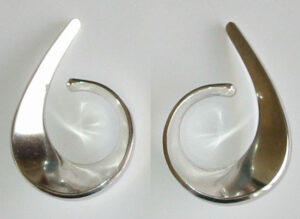
Earcuffs, silver.
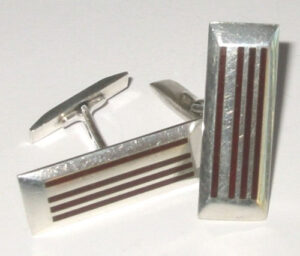
Silver with enamel.
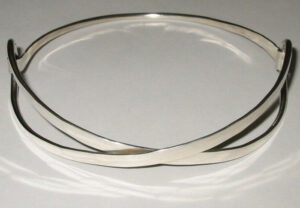
The 'Loop Series', Silver.

Silver with enamel.
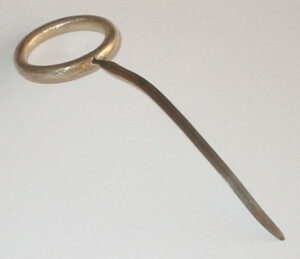
Iron and gold.
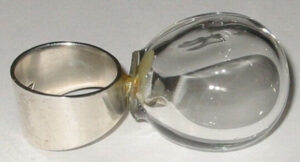
Silver and glass
Hand blown glassball
by Benny Motzfeldt.
Table of Contents
Toggle